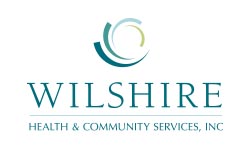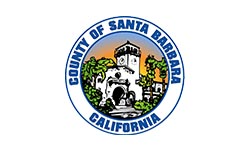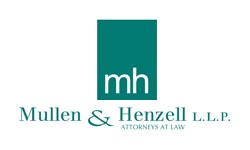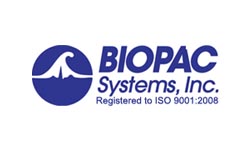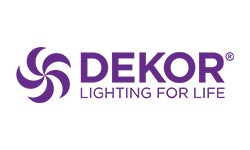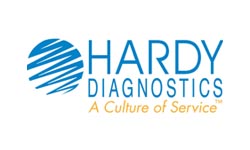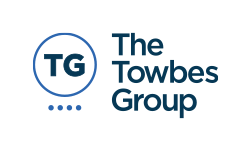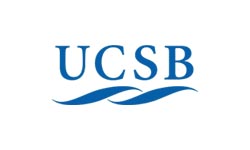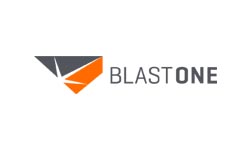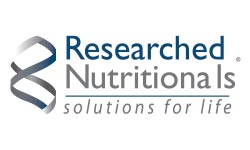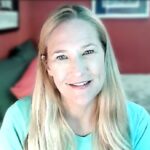On-site SEO
The next step in the Basic SEO Plan is to optimize the rest of the pages in your site. Utilizing your target keywords, you want to sprinkle them liberally around your site so that every page in your site contributes SEO value. These are very basic suggestions that virtually all SEO consultants will tell you to do.

Basic On-site SEO
I say “on-site” SEO because these are things you can do to the site itself, as opposed to things you do elsewhere on the internet to improve your rankings (like creating a FaceBook page). Here they are, in no particular order:
- Create good <title> tags for every page in your site. Each page should focus on one or two keywords. Don’t get greedy and try to squish every keyword you are targeting into each page title. Try to pick the most relevant keywords for the page you are working on and add them to the page title. The max length for your title tag is 70 characters – if you put more the search engines will ignore them and cut them off in search results pages
- Make sure every page has a text heading for the page and that the heading is formatted with the H1 tag. If a fancy designer created your site and turned all the headings into nicely styled fonts which are actually graphics, the search engines can’t read those. Consider redoing the headings in HTML text as opposed to a graphic.
- Create a description and keyword metatag for each page. Metatags are HTML tags that don’t display on your web page but that the search engines read and use. Most SEO experts agree that metatags are given very little if any weight in helping your SEO value, however it’s still worth doing for whatever value they may confer. The description metatag is certainly worthwhile as this is the text that the search engines will typically use to describe your site when it comes up in a search results page.
- Img alt tags are what will display in place of a picture on your web page if that picture can not be loaded. These tags are also typically displayed if you hover over an image and the browser pops up a little yellow ‘tool-tips’ like description. So, alt tags can be informative to your user as well as conferring some SEO value. Use a single keyword per img alt tag.
- Page names are one of the most important aspects of your site to optimize. The page name becomes part of the URL that the search engine displays for you to click on in a search results page. For example, https://www.yoursite.com/keyword-phrase.html. The challenging part of changing page names is that you have to make sure to update every page on your site that points to the renamed page, otherwise you will orphan your pages and your site will be full of broken links. Give the page a name that consists of a single keyword phrase with dashes between each word in the keyword phrase.
- It was once the case that bolding keywords would confer more SEO value to those keywords. This may or may not still be the case but it can’t hurt to bold a few keyword on each page.
If you do these basic SEO tricks, you will definitely improve your ranking for the keywords you are targeting. Stay tuned for the next blog post entitled “The Biggest Lie in SEO”.






